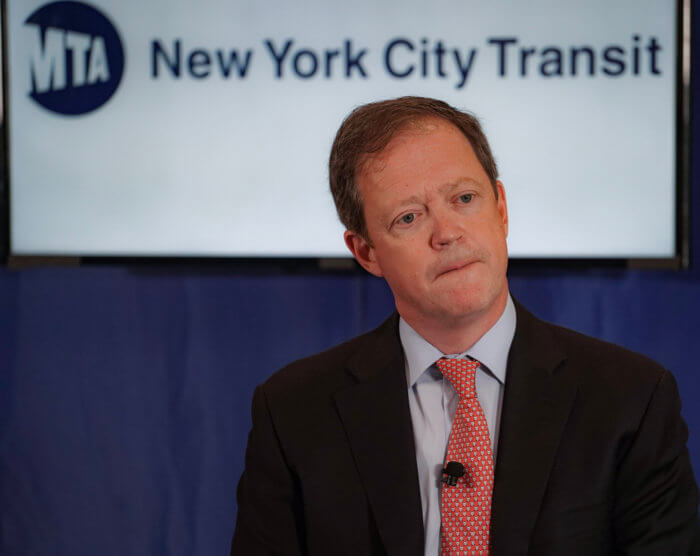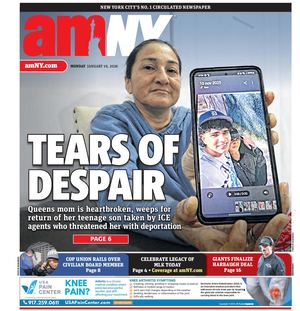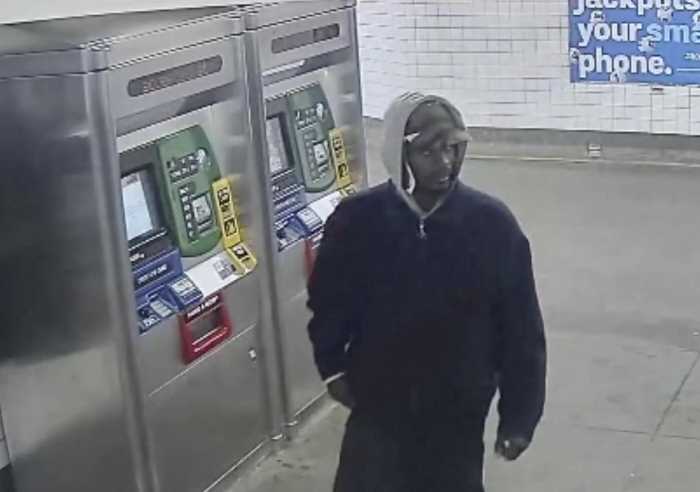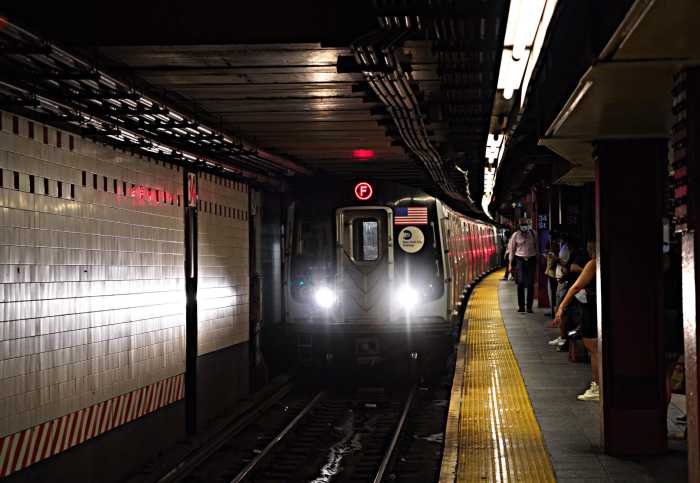The Metropolitan Transportation Authority will cut service on some lines and bolster it on others next summer to better align with what it says are new ridership trends seen in the wake of the COVID-19 pandemic.
The 1, 6, 7, E, F, L, and Q lines will see “strategic reductions” in service on Mondays and Fridays starting in June 2023, in order to make possible increased services on some other lines, said NYC Transit President Richard Davey on Monday. The reductions will enable the MTA to beef up weekend service on the G, J, and M lines and commence rush hour A/C service earlier in the day.
The alteration comes as the post-pandemic era cements what the MTA expects to be permanent changes to how riders utilize the subway. Data analysis, Davey said, consistently shows that average ridership is lower on Mondays and Fridays than on Tuesdays, Wednesdays, and Thursdays, a consequence of the rise of remote work.
“We continually analyze ridership patterns to better serve riders,” Davey said in a statement. “These adjustments reflect higher ridership recovery on the weekends, and lower relative ridership on Mondays and Fridays in the post-COVID hybrid work era. As riders continue to return to mass transit and patterns change, New York City Transit will adapt service accordingly as we strive to provide faster, cleaner and safer rides.”
Subway ridership has stagnated at about 60% of pre-pandemic averages, but the deficits have not been distributed evenly across the system. At some stations, especially those in working-class outer-borough neighborhoods where fewer people work remotely, ridership has recovered to about 90% of 2019 levels.
It’s also not been distributed evenly among the days of the week: average weekday ridership this fall was about 12.5% higher on Thursdays than on Mondays, according to MTA statistics. Proportionally, ridership is significantly closer to pre-pandemic levels on weekends than on weekdays.

“We have been running 100% pre-COVID service for ridership that is well below that,” Davey said at the MTA Board’s NYC Transit Committee on Monday. “And I think the changes reflect what our customers are asking for and how our customers are using our service, which is more weekend service proportional to pre-COVID, and less on Mondays and Fridays.”
The weekend boost for G, J, and M trains will reduce headways by an average of two minutes, Davey said, and will benefit riders who use those lines to transfer to others and today, often experience excessive wait times.
The announcement comes as the MTA faces down a fiscal crisis, borne of lower-than-projected ridership recovery as federal COVID-19 aid runs dry. The agency has proposed an austerity budget, and on Wednesday is expected to approve its first fare hikes for transit riders since 2015, potentially pushing the cost of a subway or bus ride to $2.90 next year and north of $3 by 2025. Transit honchos have presented the fare hike as the best of three bad options that also include service cuts and layoffs.
The service adjustments announced Monday will only cost about $1.5 million, though, with Davey noting that the cuts are being made not for financial reasons but to better meet the needs of customers.
Still, the plan was panned by some critics. The Riders Alliance, which has been lobbying for six-minute service across-the-board, posited in a statement that the plan is at odds with the “New New York” plan presented by Governor Kathy Hochul and Mayor Eric Adams, which among other things calls for both maintaining peak-hour subway service and increasing the frequency and reliability of off-peak service.
“Subway scheduling should never be a zero-sum game where some riders must wait longer so others can have faster trips,” said Riders Alliance policy director Danny Pearlstein. “Reducing transit service costs riders time and gives us less reason to take public transit. Instead of trimming rush hour to beef up off-peak service, Governor Hochul must find new revenue to both save transit and invest in its future by funding more frequent service in her January budget.”
Transport Workers Union Local 100, which represents thousands of rank-and-file MTA employees, blasted the plan as one that would “shaft” working-class New Yorkers essential to the city’s functioning, and one that would only serve as the beginning of a service death spiral.
“I don’t care what the MTA calls this. This is a service cut for everyone who rides the subway on Mondays and Fridays,” said the union’s new president Richard Davis. “There will be fewer trains making fewer trips. Riders will wait longer on platforms. It will take longer for them to reach their destinations. No amount of spin will change that.”
“Do you know who is getting screwed the most here – the working class, front-line and essential workers,” Davis continued. “The people who are still coming into work on Mondays and Fridays – just like they did during the pandemic – because they don’t have a choice. They don’t put food on the table or pay their rent by sitting behind a desk and working on a laptop.”





































